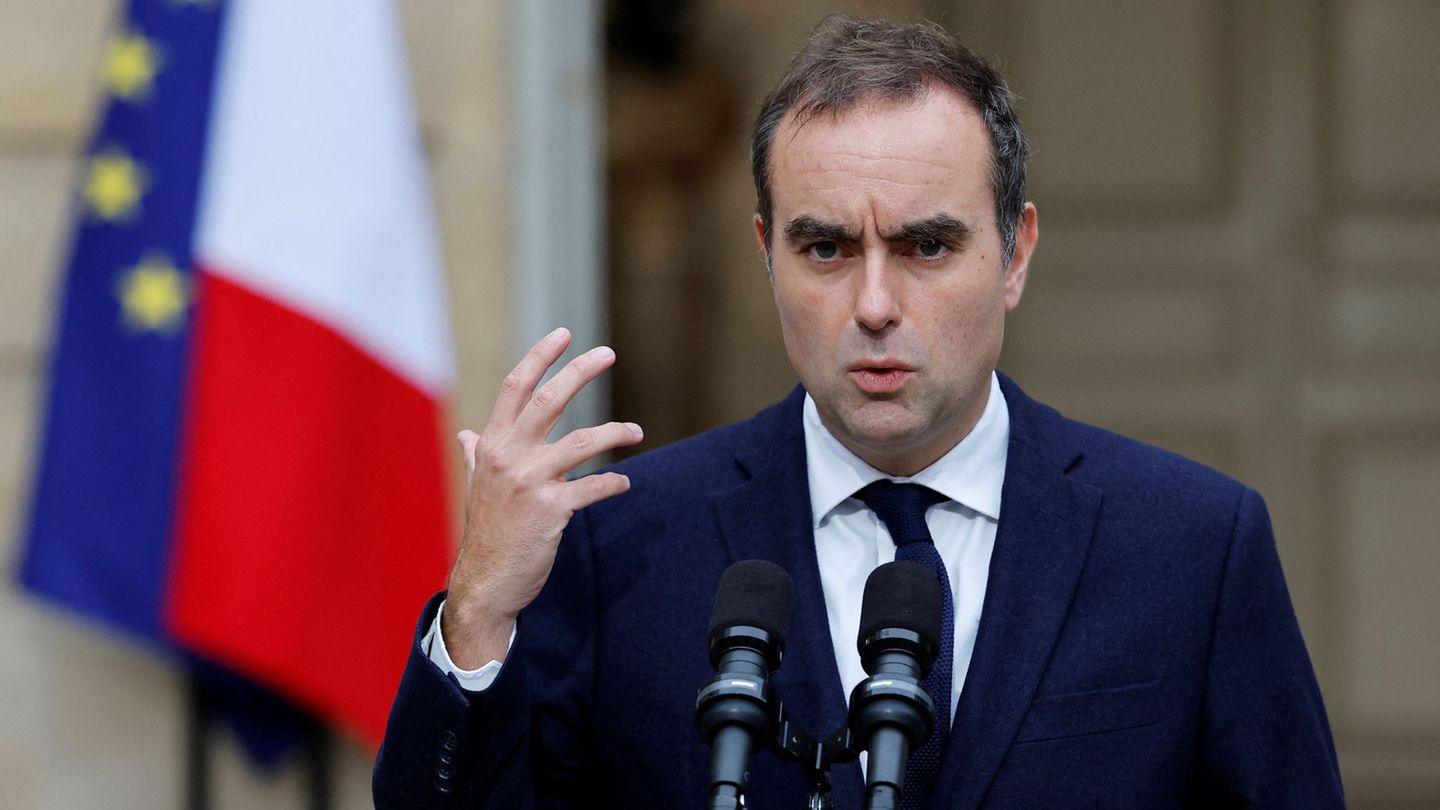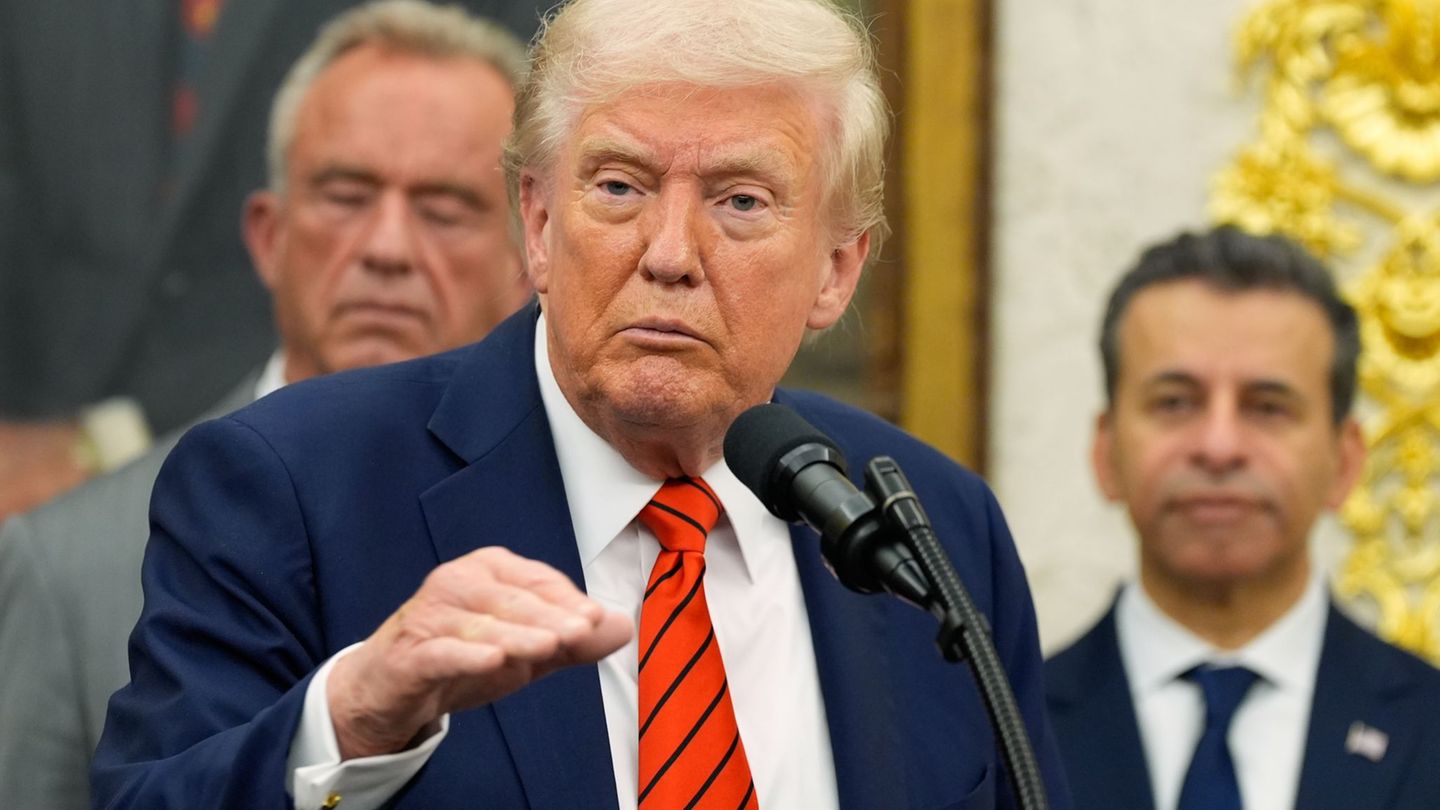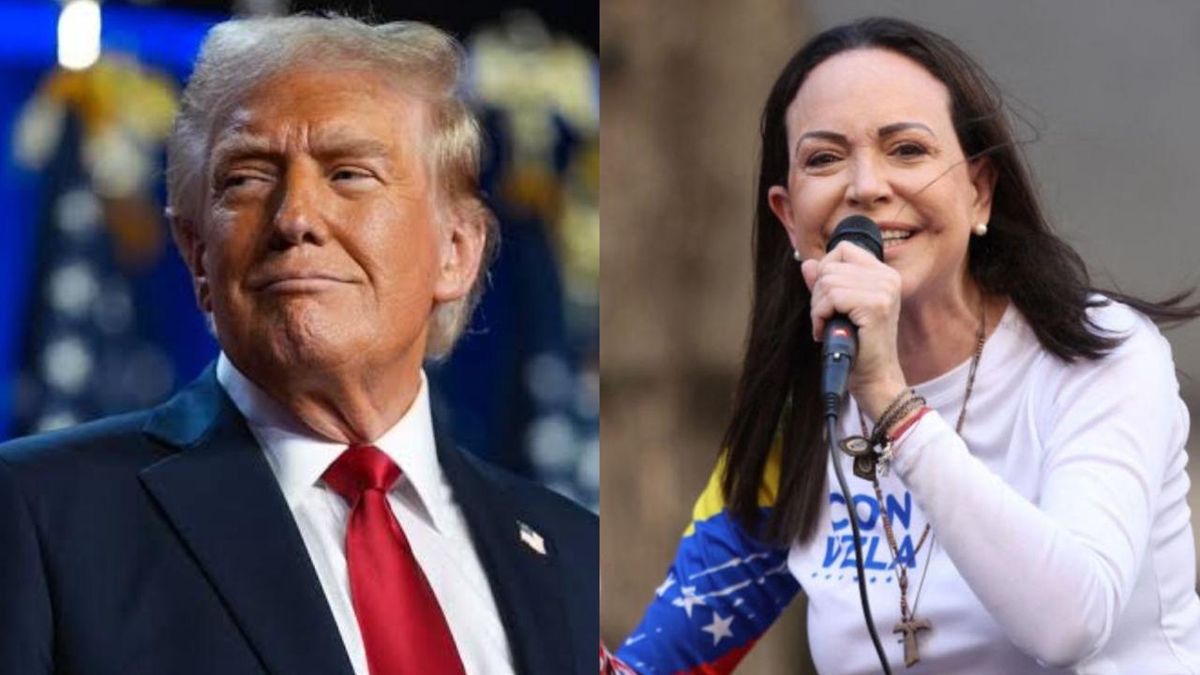Since the entire electricity consumption is subsidized for around half of the customers, there is no incentive to save.
Felbermayr, on whose initiative work was carried out on a cover model, sees the “cardinal error” in the chosen model that the size of the household was not automatically taken into account. This favors smaller households. But they were looking for an unbureaucratic solution that did not require an application.
Video: Electricity price brake is decided
This video is disabled
Please activate the categories Performance Cookies and Functional cookies in your cookie settings to view this item. My cookie settings
Wifo draws attention to another critical factor in a broadcast. The compensation for a market price that exceeds the fixed price should be capped at 40 cents per kWh, which means that the maximum compensation for the energy supply company is 30 cents per kWh. The energy supply companies would have to cover any price increases themselves. This anchor price could mean that (in the medium term) all energy supply companies will offer a standard tariff of 40 cents in order to skim off the difference between the anchor price and their shadow tariff (imputed electricity price).
The criticism of the liberal business think tank Agenda Austria is much harsher. 90 percent of households would receive almost 1,000 euros from the state this year to cushion inflation. The funds have not yet flowed in full, but the next measure is already being decided. In addition, there would be double and multiple funding between the federal and state governments. While the overfunding during the corona pandemic is still being criticized, the government is making the same mistake again.
In the details, the criticism is similar to that of Felbermayr. On the one hand, Agenda Austria points to the lack of an incentive to save, and on the other hand to the fact that larger households in particular often have financial difficulties and are now receiving relatively less relief.
Source: Nachrichten




